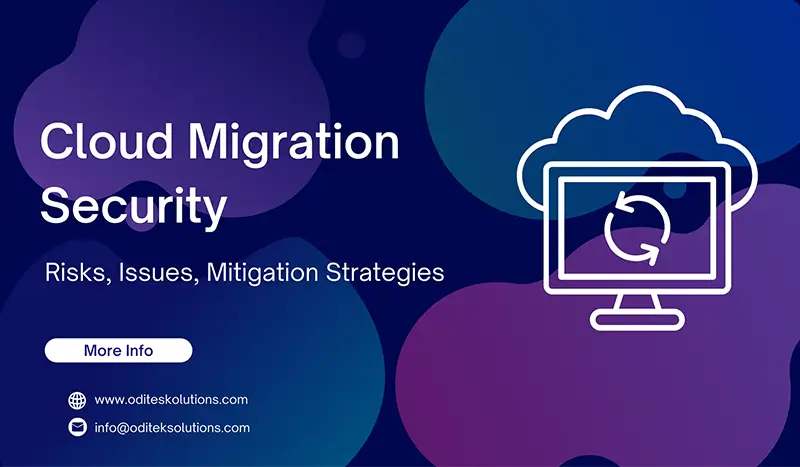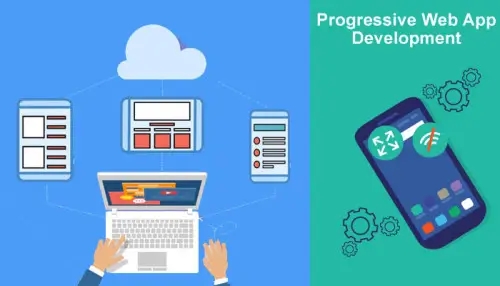In today’s fast-paced digital landscape, companies are constantly looking for ways to innovate, streamline operations, and remain competitive. One of the most transformative strategies that organizations are adopting is migration to the cloud. Moving to the cloud offers numerous benefits, including scalability, cost effectiveness, and increased agility. However, these opportunities come with a number of challenges and risks that require careful consideration and mitigation.
In this blog post, we’ll explore the factors that drive cloud migration, the associated risks and security concerns, and strategies to mitigate these risks while harnessing the full potential to solve the cloud migration issues.
Cloud Migration Security: the driving factors
Before delving into the cloud migration risks and cloud migration issues, it is essential to understand why organizations are so eager to migrate to the cloud. Several compelling factors are pushing companies to adopt the cloud:
1. Cost Efficiency
Cloud migration security services often offer a “pay as you go” model, allowing organizations to reduce capital expenditures and operate on a more predictable budget.
2. Scalability
Cloud platforms allow for rapid scalability, allowing companies to scale up or down resources as needed to accommodate fluctuations in demand.
3. Agility and innovation
Cloud services provide the agility needed for rapid innovation, allowing businesses to deploy new applications and services quickly.
4. Global reach
The cloud allows companies to extend their global reach, serving customers and employees wherever they are.
5. Disaster recovery and business continuity
Cloud services offer robust disaster recovery solutions, ensuring that data and applications are protected against unforeseen disasters.
Cloud Migration Risks and Issues
While the opportunities presented by migrating to the cloud are undeniable, they come with various risks and challenges. Let’s explore these in detail:
1. Data Security
Data breaches and unauthorized access to sensitive information are top concerns during cloud migration issues. Storing data off-site can make it vulnerable to security threats.
2. Regulatory and compliance of cloud migration issues
Companies must ensure that they comply with industry-specific regulations and data protection laws when moving data to the cloud.
3. Downtime and service interruption
Poorly executed cloud migrations factors can cause downtime, impacting business operations and customer satisfaction.
4. Data transfer and integration
Migrating data and integrating it with existing systems can be complex, leading to data inconsistencies and compatibility issues.
5. Provider lock-in
Over-reliance on a single cloud provider can lead to provider lock-in, limiting flexibility and potentially increasing costs.
Cloud Migration Security Concerns
Security is arguably the most critical aspect of cloud migration, as it directly affects an organization’s reputation and financial well-being. Here are some specific security concerns:
1. Data breaches
Storing data off-site makes it susceptible to breaches. Proper encryption and access controls are essential to mitigate this risk.
2. Identity and access management (IAM)
Inadequate control over who can access cloud resources can lead to unauthorized access. Implementing strong IAM policies is crucial.
3. Data Loss
Data can be lost for a number of reasons, including accidental deletion and hardware failure. Regular backup and data recovery plans are vital.
4. Compliance
Meeting regulatory requirements for data security and privacy can be challenging. Cloud migration opportunity offer compliance tools and certifications to help with this.
Cloud Migration Risks and Mitigation
Now that we’ve identified the risks and security concerns associated with migrating to the cloud, let’s explore strategies to mitigate these challenges:
1. Thorough planning
A well-structured migration plan is the foundation of a successful transition. It should include risk assessments, compliance checks, and data classification.
2. Data Encryption
Encrypt data both in transit and at rest. Many cloud migration security providers offer encryption services to safeguard sensitive information.
3. Access controls
Implement strict access controls and IAM policies to ensure that only authorized personnel can access resources.
4. Regular audits and monitoring
Continuously monitor your cloud environment for security threats and perform regular audits to identify vulnerabilities.
5. Compliance cloud migration factors
Take advantage of cloud provider compliance tools and certifications to ensure alignment with regulatory requirements.
6. Data Backup and Recovery
Establish robust data backup and recovery procedures to protect against data loss.
7. Multi-cloud strategy
Consider a multi-cloud approach to avoid vendor lock-in and increase redundancy.
OdiTek Solutions: Empowering Secure Cloud Migrations
1. Comprehensive Risk Assessment
Oditek Solutions begins the cloud migration security journey by conducting a comprehensive risk assessment. This critical step involves identifying potential vulnerabilities, compliance requirements, and data security concerns specific to your organization. With this comprehensive knowledge, Oditek can develop a custom strategy that aligns with your unique needs and regulatory obligations.
2. Cloud migration security architecture design
Designing a secure cloud architecture is critical to a successful and secure cloud migration. Oditek’s team of experts will collaborate with your organization to create a robust cloud infrastructure that puts security first. This includes implementing strong access controls, encryption protocols, and network security measures to safeguard your data and applications in the cloud.
3. Identity and Access Management (IAM)
Unauthorized access to cloud resources is a major security threat. Oditek Solutions helps you implement IAM best practices to ensure that only authorized personnel can access and manage your cloud resources. This includes role-based access control (RBAC), multi-factor authentication (MFA), and continuous monitoring of user activities.
4. Encryption and data protection
Protecting data both at rest and in transit is a cornerstone of cloud migration security. Oditek helps implement encryption mechanisms that ensure your data remains confidential and comprehensive throughout its lifecycle within the cloud. This includes encryption of databases, storage, and communication channels.
5. Compliance Compliance
Meeting regulatory requirements is often a complex aspect of cloud migration. Oditek Solutions has a deep understanding of various industry-specific compliance standards and can help you navigate this challenging terrain. Whether it’s HIPAA, GDPR or PCI DSS, Oditek ensures that your cloud environment is compliant with the necessary regulations.
6. Continuous monitoring and detection of threats
Cloud migration security is an ongoing process. Oditek Solutions provides continuous monitoring and threat detection services to quickly identify and respond to security incidents. This proactive approach minimizes the potential impact of security breaches and ensures the integrity of your cloud environment.
7. Cloud provider agnosticism
Oditek Solutions takes a cloud provider agnostic approach, which means you are not tied to a single cloud provider. This flexibility allows you to choose the best cloud services that align with your business goals, without the risk of vendor lock-in. Whether it’s AWS, Azure, Google Cloud, or a combination, Oditek can help you make informed decisions.
8. Disaster Recovery and Business Continuity
In the event of unforeseen disasters or outages, Oditek Solutions helps you establish robust disaster recovery and business continuity plans. This ensures that your critical applications and data can be restored quickly, minimizing downtime and mitigating potential financial loss.
Conclusion
Oditek Solutions is at the forefront for cloud migration security, offering cloud migration opportunity a holistic approach that encompasses risk assessment, secure architecture design, IAM, data protection, compliance, continuous monitoring, and disaster recovery planning. Don’t let security concerns keep you from enjoying the immense benefits of cloud adoption; Let Oditek Solutions pave the way for a safe and successful migration.







